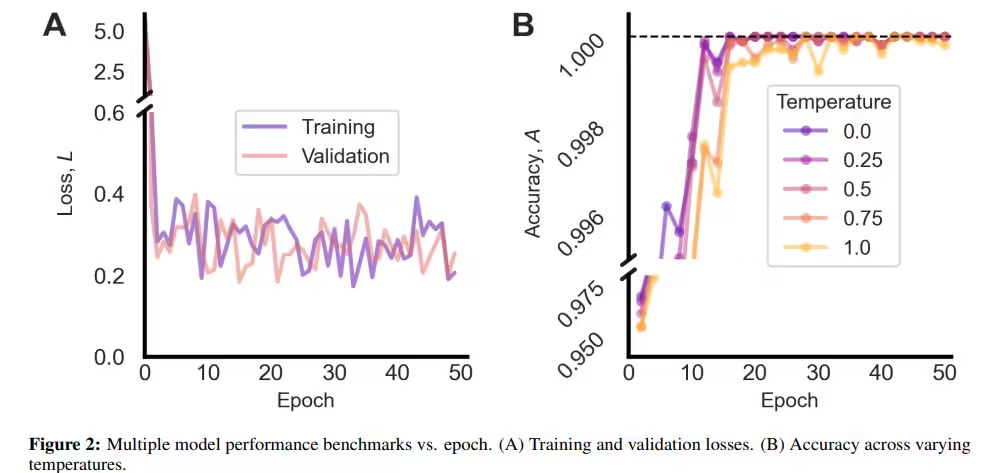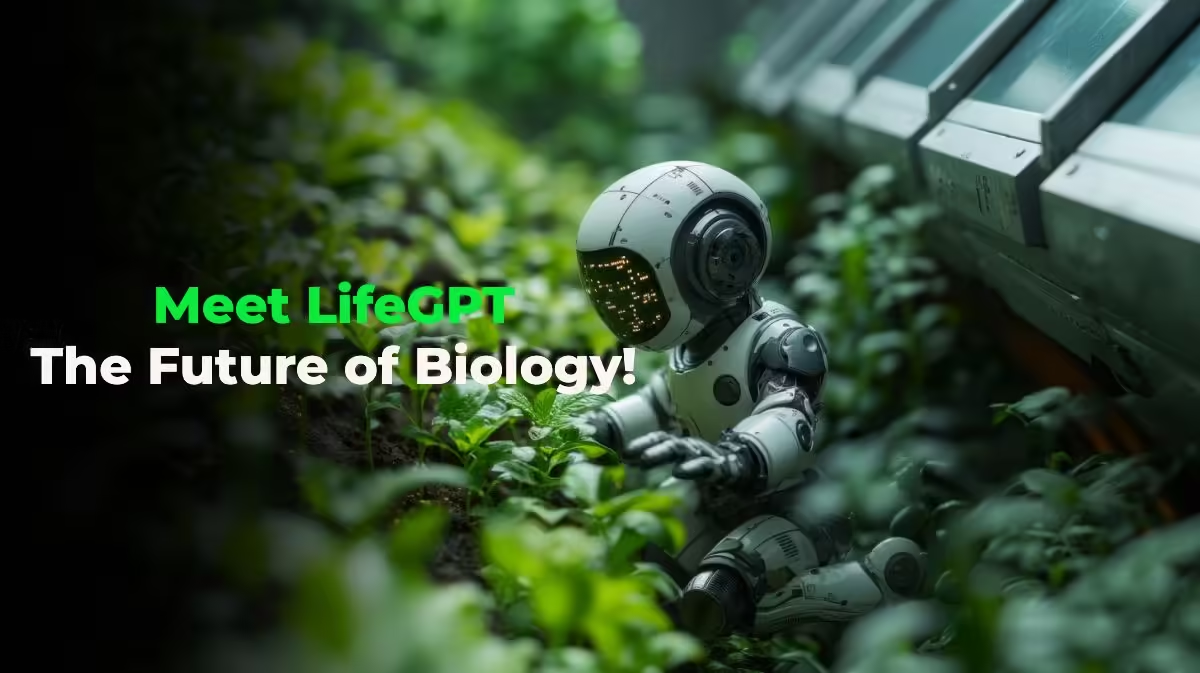In a recent study, researchers from MIT’s Laboratory for Atomistic and Molecular Mechanics introduced LifeGPT, a new AI model designed to simulate cellular automata. Led by Jaime A. Berkovich and Markus J. Buehler, LifeGPT can predict the behavior of Conway’s Game of Life without knowing the grid size or boundaries.
This development marks a major step forward in combining AI with biology, with potential applications in tissue engineering and bio-material design.
The Problem?
Cellular automata, such as Conway’s Game of Life, are well-known for their complex and emergent behavior. Despite the simplicity of their local rules, these systems can exhibit chaotic and unpredictable global patterns, a characteristic known as computational irreducibility.
This unpredictability makes it difficult to simulate or model these systems, especially when the underlying topological structure (like grid size or boundary conditions) is not fully understood. Most existing models, such as convolutional neural networks (CNNs), rely on assumptions about spatial relationships that limit their generalizability across different topologies.
The question posed by the researchers was: Can a topology-agnostic model be developed to predict cellular automata behavior without relying on predefined grid structures or spatial assumptions? The answer they proposed was LifeGPT.
Methodology
The team took a unique approach by leveraging transformer models, which are widely used in natural language processing (NLP) for tasks such as translation and summarization, to tackle the cellular automata problem. LifeGPT is a decoder-only transformer model that was trained on various initial conditions (ICs) and next-game-states (NGSs) of Conway’s Game of Life, with data represented on a toroidal (circular) grid.

Importantly, this training was done without giving the model explicit information about grid size or boundary conditions. The model employed a forgetful causal masking (FCM) technique to enhance its learning capabilities by encouraging it to pay attention to distant states in the input sequence.
During training, LifeGPT processed 2D grids representing ICs and their subsequent states as flattened 1D arrays. This approach, akin to how transformer models process language data, enabled LifeGPT to predict future game states without being restricted by spatial relationships typically embedded in CNN models.
Key Findings and Results
The LifeGPT model exhibited remarkable accuracy in simulating the Game of Life. After being trained on a dataset of 10,000 stochastically generated initial conditions, the model was able to predict future game states with near-perfect accuracy. The team ran extensive tests, including zero-shot and few-shot learning tasks, to evaluate the model’s performance on unseen configurations of the Game of Life.
Notably, LifeGPT achieved 99.9% accuracy across a range of test conditions, proving its ability to generalize across different configurations of the Game of Life. One of the key breakthroughs was the model’s ability to simulate Life on a toroidal grid—essentially a surface where opposite edges are connected—without being explicitly told about the periodic boundary conditions.
The research also highlighted the effects of training data entropy on model performance. When LifeGPT was trained on high-entropy data (where the probability of finding a live cell was 50%), its performance was somewhat lower for initial conditions with low entropy. However, when trained on a broad-entropy dataset, the model achieved almost perfect accuracy across all test conditions.
The use of an autoregressive autoregressor (ARAR) algorithm further allowed LifeGPT to recursively predict future states in the Game of Life over multiple time steps. Despite occasional errors, particularly for highly complex patterns like the r-pentomino configuration, the model consistently performed well, even over long prediction sequences.
Table: Summary of the Research
| Problem | Methodology | Result | Conclusion |
|---|---|---|---|
| Predicting cellular automata behavior without knowledge of grid size or boundary conditions | Use of a decoder-only GPT model trained on flattened 2D grids | Achieved 99.9% accuracy in predicting future game states of Conway’s Game of Life | LifeGPT can generalize across different grid configurations and boundary conditions, paving the way for AI-based simulations in various fields. |
Broader Implications
The success of LifeGPT represents more than just a technical achievement in simulating cellular automata. It opens up new possibilities for applying transformer models to complex, life-like systems. One of the exciting applications mentioned in the paper is the potential for LifeGPT-like models to extract rules from real-world biological systems.
For example, the model could be trained to simulate the growth of tissues or the self-assembly of biomaterials, providing insights that could revolutionize fields such as tissue engineering and synthetic biology.
By simulating the dynamic behavior of cellular systems, LifeGPT could help researchers design new materials or predict how biological systems might evolve over time. The model’s ability to operate without detailed knowledge of the system’s topology also means it could be applied to a wide range of other systems, including traffic flow, chemical reactions, and environmental phenomena like forest fires.
Future Directions
While LifeGPT achieved impressive results, the research team has identified several avenues for further exploration. One potential improvement involves integrating reinforcement learning techniques to refine the model’s predictions over time.
Another exciting direction is applying LifeGPT to solve inverse problems in biological systems, where the goal is to infer the underlying rules from observed behavior rather than predicting future states from known rules.
The team also suggested that future versions of LifeGPT could simulate more complex cellular automata or even model stochastic systems where uncertainty plays a significant role in state transitions. These advancements could lead to even more powerful models capable of predicting and controlling biological systems with greater precision.
Key Takeaways
- LifeGPT is the first GPT-based model to simulate cellular automata like Conway’s Game of Life with near-perfect accuracy.
- The model’s topology-agnostic design allows it to generalize across different grid configurations and boundary conditions.
- LifeGPT achieved 99.9% accuracy in predicting future game states, making it a breakthrough in simulating complex, life-like systems.
- Potential applications include bio-inspired materials, tissue engineering, and self-assembly processes in biological systems.
- Future versions of LifeGPT could integrate reinforcement learning for even more accurate simulations.
Final Thoughts
The development of LifeGPT marks an exciting leap forward in both artificial intelligence and cellular automata research. By combining the power of GPT models with the complexity of cellular systems, the MIT team has created a tool that could have profound implications for fields ranging from materials science to biology.
As researchers continue to refine this model and explore new applications, LifeGPT could become a vital tool for simulating and understanding the emergent behaviors of complex systems.

[…] hearing into the fatal dive continues this week, with the U.S. Coast Guard gathering testimony from technical experts and crew members to determine why the mission […]